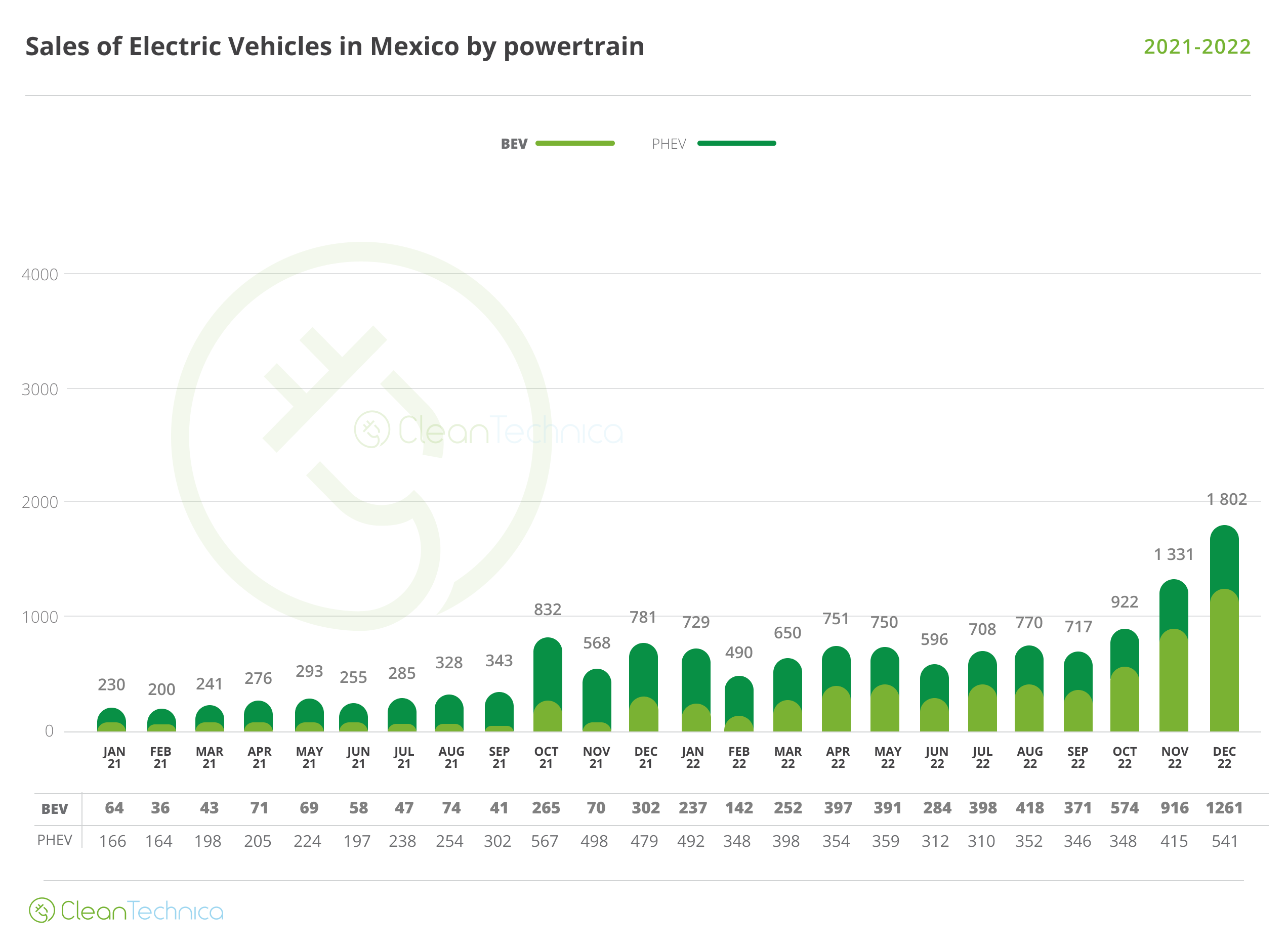
Each week Josef Schachter gives you his insights into global events, price forecasts and the fundamentals of the energy sector. Josef offers a twice monthly Black Gold newsletter covering the general energy market and 35 energy, energy service and pipeline & infrastructure companies with regular quarterly updates. We also hold quarterly webinars and provide Action BUY and SELL Alerts for paid subscribers. Learn more.
Economic, Political & Military Update:
The stock and bond markets are struggling as we start 2024. Over the first week of 2024 the stock markets were down and historically this has led to negative performance for the year. If the month of January falls into the negative camp then the odds increase for a difficult down year for the major averages. This likely means that the tech sector gets shafted with AI stocks leading the market down. Bond yields have lifted moderately as the December jobs data for the US was stronger than expected with wage increases problematic. Bottom line, there are a lot of excesses in both the stock and bond markets but for now investors are ignoring the negatives. We will cover our concerns about the general market and our detailed outlook for the energy sector in 2024 in our upcoming January 18 SER Report for subscribers.
On the economic front there have been quite a few releases of note:
- US December payrolls rose 216K much above the 170K forecast. Private payrolls rose 164K versus the forecast of 130K. Of concern was that average hourly earnings rose 4.1% year over year versus the forecast of only 3.9%. So wage pressure and a low 3.7% unemployment rate make it difficult for the Fed to lower the Fed Funds rate at their next meeting on January 30/31. A shocker in the details was that full time jobs shrunk in December but was offset by a large increase in part time jobs. Individuals laid off from full time jobs may be taking multiple part time jobs to fund their lifestyles.
- Canada saw a miniscule increase of 100 new jobs in December. Canada is following the experience of a slowing economy like that being seen in Europe.
- The US Manufacturing PMI is now at 47.9 (below 50 a shrinking problem) highlighting a somber situation for this key economic sector.
- The US debt level is now at US$34T and will rise by US$2T this year. Interest payments are forecast at US$1.1T eating up a higher portion of revenues then defense spending or entitlements. This is not sustainable and will be exacerbated by bond issue renewals at higher rates.
- If we are right about energy prices moving higher from Q2/24 thereon, then CPI and PPI data will get worse and reverse their downward trend of recent months. If it does then the market forecast of a rate cut at the Fed meeting on March 19-20 is not in the cards. The CPI and PPI out this week may show the first signs of persistent inflation.
- Supply chain issues will likely pick up and add to inflation as shipping has been cut back significantly through the Red Sea adding to voyage time and cost. This price pressure should be seen in the data next month.
- Individuals in Canada will be seeing higher property, CPP and climate taxes that will squeeze household budgets. This will further dampen consumer confidence and spending in our country.
- Shrinkflation is occurring and is very annoying. Not only are prices rising for groceries but package sizes are shrinking. Retailers are fighting back. French retailer Carrefour (the largest food retailer in the country) cut off selling Pepsi products. This includes beverages, Lays chips and Quaker cereals. Other retailers in France may join them. In Canada retailers are working with providers to limit price increases. This may be political given the backlash they are feeling about record retail industry profits.
On the war front:
- On Tuesday evening Yemen’s Houthis fired 18 drones and three anti-ship missiles which were shot down by five US and UK naval warships. There were no casualties in this attack.
- The US and Israel have used drone strikes to kill terrorist leaders in Syria and Lebanon. Israel killed one of Hamas’s leaders and five others that were in a Hamas office. Hezbollah has threatened to increase attacks on northern Israel but has not moved to a full war footing. What level of escalation of Hezbollah barrages will force Israel to go on the offensive versus just retaliatory moves. Israel wants to send its northern citizens home and get their economy back on track.
- Iran has sent a destroyer, the Alborz warship, into the Red Sea adding to local tensions. Iran now has two ships in the Red Sea to aid Houthis in targeting shipping. If attacks escalate against western shipping the US or Israel will likely destroy these ships. I would bet it would be the Israeli’s if one of the attacks hits Eilat or other cities in the country.
Market Update: We expect general stock market weakness in Q1/24 as markets are extremely overbought. If the general stock market retreats over the coming weeks then energy stocks, which are high beta, will test the lows of early December. When that happens be ready to buy the bargains that develop across all markets. If you want to see what our subscribers are looking at, sign up now for access to the Schachter Energy Research reports at https://bit.ly/2FRrp6k.
Bullish pressure for crude prices comes from the Iranian backed Houthis Red Sea attacks and OPEC’s continuation of their official 2.2 Mb/d cuts in their quota allocations to the end of Q1/24 (and likely beyond). Remember the official OPEC announcements have nothing to do with real production cuts. Rhetorical barrels versus actual barrels. Official announced cuts have been 2.2 Mb/d but real cuts have been only 352 Kb/d as we discussed in our monthly OPEC section two issues ago. There are reports that OPEC lifted production in December. The official data comes out next week.
A recent positive was that Libya had a force majeure on their large Sharara oilfield that produced 300 Kb/d as local protests halted production.
We see consumption of crude in 2023 at 101.0 Mb/d and at 102.4 Mb/d in 2024. By 2030 world demand for crude should be over 108 Mb/d and the industry is not spending enough to provide this capacity. Higher energy prices will be needed to attract the capital to grow capex despite hawkish anti-fossil fuel moves from most of the OECD countries, including of course Canada. Remember the growth in consumption of crude oil and natural gas will be coming from the emerging world (particularly China and India) as they lower their addiction to coal usage to meet electricity demand and clean up their air quality.
OPEC meets next on February 1st and the Saudis will again try to get members to take lower quota’s. So far compliance has not occurred. Not even fully by the Saudis.
Bearish pressure for crude comes from the weakness in OECD economies in Europe and Japan and from the second largest consumer China. The significant rise in US production this year (1.0 Mb/d) has also pressured crude prices. Russia is now selling more oil and making more money on a monthly basis than before the invasion of Ukraine as it sells oil above the US$60/b sanction price. Recently the Saudis lowered prices to the Asian markets as it wants to regain market share. Crude demand has weakened in recent weeks due to the soft China economy.
We expect WTI crude prices to again decline below US$70/b. WTI fell in December to an intra-day low of US$67.71/b. We expect the price of crude to be in a trading range for the next one or two months with a range of US$66-US$76/b. Use periods of market and energy price weakness to build up your energy weightings. On down days for the sector we continue to add to our energy holdings. We show this data to our subscribers on our SER Ownership page list in each of our SER issues.
EIA Weekly Oil Data: The EIA data (data cut-off January 5th) was negative for crude prices. Commercial Crude Stocks rose 1.3 Mb to 432.4 Mb. The SPR saw a build of 600 Kb/d to 355.0 Mb. Motor Gasoline inventories rose a whopping 8.0 Mb. Refinery activity fell 0.6% to 92.9% from 93.5% last week. Distillate Fuels saw a rise of 6.5 Mb/d to 132.4 Mb. The sharp rise in inventories was due to a drop in Exports. Total Stocks (excluding the SPR) rose 9.5 Mb on the week depressing crude prices.
US crude production stayed at 13.2 Mb/d. Production in 2024 is up 1.0 Mb/d from year ago levels. Cushing inventories fell 500 Kb to 34.2 Mb but are up from 27.8 Mb a year ago. US inventories are sufficient to meet winter 2023-2024 needs.
Motor Gasoline consumption rose 371 Kb/d last week to 8.33 Mb/d. Jet Fuel saw a rise of 163 Kb/d to 1.60 Mb/d. Total Demand rose 547 Kb/d to 19.61 Mb/d.
EIA Weekly Natural Gas Data: The EIA data released last Thursday January 4th was moderately negative for natural gas prices as it showed a withdrawal of only 14 Bcf. Storage is now at 3.48 Tcf. The biggest decline was in the Midwest area (17 Bcf). This compares to the five-year withdrawal of 26 Bcf and the 2023 injection of 11 Bcf. US Storage is now 18.9% above last year’s level of 2.92 Tcf and 13.0% above the five year average of 3.08 Tcf. NYMEX is today priced at US$3.03/mcf as colder weather into the US Midwest and East Coast has arrived. The US is expecting an Arctic Polar Vortex later this week according to meteorologists. If this cold spell goes down to the Texas area then NYMEX prices will strengthen materially. The last time this happened was in 2021.
The US is now the largest LNG exporter as the Freeport LNG plant is back online. This year two more plants should come on stream. Venture Global LNG in Louisiana and Golden Pass in Texas will add 38M tons a year. This adds materially to the 91.2M tons delivered in 2023 (Bloomberg). The US is now the largest exporter ahead of Australia and Qatar.
We expect NYMEX to rise above US$3.50/mcf as very cold winter weather hits this month and in February and we see weekly drawdowns of over 200 Bcf. NYMEX should spike over US$4.50/mcf during the coldest days during Q1/24 when weekly drawdowns should exceed 250 Bcf. Europe is seeing stronger demand as colder weather has arrived earlier than in North America. China has been hit by a cold arctic blast putting their electricity grid at risk.
We recommend buying the very depressed natural gas stocks during periods of general market weakness. We intend to add additional natural gas names to our Action BUY list when we get the next low risk energy BUY signal.
Baker Hughes Rig Data: In the data for the week ending January 5th the US rig count fell one rig to 621 rigs. Rig activity is now 20% below the level of 772 rigs in 2023. Of the total rigs working last week, 501 were drilling for oil and this is 19% below last year’s level of 618 rigs working. The natural gas rig count is down 22% from last year’s 152 rigs, now at 118 rigs.
In Canada, there was a 39 rig increase to 125 rigs as activity resumed after the Christmas slow down period. Canadian activity however is down 34% from last year’s 189 rigs due to the cold weather and slow ramp up by E&P companies after the holidays due to sloppy commodity prices. Activity for oil is at 58 rigs compared to 113 last year or down by 49%. Activity for natural gas is at 67 rigs versus 76 last year or down by 12%. In our discussion with E&P companies they are holding to lower spending at this time due to low commodity prices and will increase activity in the summer if prices are stronger. It is likely that production volumes will taper off in Q1 and Q2/24 for many operators, as decline rates offset drilling of new wells.
This holiday season we are offering a special deal of $75 off the regular quarterly rate of $249. These are your last few days to get this great deal that has been extended to January 12, 2024.
Make sure you don’t miss out! Just use code: Holiday23 at checkout. https://schachterenergyreport.ca/subscriptions/
Energy Stock Market: The S&P/TSX Energy Index today is at 243. The war premium should erode US$5-8/b in the coming weeks as the US and allies have their convoy system working well. If no successful attacks occur then crude should retreat below US$70/b again, and provide another low risk BUY window. We expect the S&P/TSX Energy Index to fall below 230, and could reach 220-225, for a spike bottom.
On December 7th one of our three key BUY signals triggered (crude price decline below US$70/b) and we sent out an Action Alert with seven new investment BUY ideas for subscribers to consider. A second signal is likely to trigger in the coming weeks (after things calm down in the Red Sea) and we plan to add four or five additional investment BUY ideas. If you want access to this information please become a subscriber and take advantage of our holiday special offer.
Investors should decide what you want your energy weighting to be for this long energy super cycle. Our BUY List includes ideas from the Pipeline & Infrastructure area, Canadian oil and natural gas ideas, energy service ideas and companies working internationally. Our list includes large Conservative ideas and small to large caps in our Growth and Entrepreneurial categories. Add to your current ideas or add new ideas. We expect that WTI should lift above US$90/b in 2H/24 as winter 2024-2025 demand should exceed supplies at that time and we see recovering economies globally.
CONCLUSION:
We see crude prices falling below US$70/b in the coming weeks with a low around US$65-67/b. Longer term we remain very bullish. Our view remains that before the end of this decade we expect to see WTI prices exceeding the high in 2008 of US$147.27/b.
WTI is priced today at US$71.29/b, down $0.95/b on the day due to the rise in US stocks. We expect to take advantage of the bargains in energy stock prices with new BUY ideas if one more of our BUY signals is triggered. Additional Action BUY Alerts are likely in the near term. Down market days for energy stocks are the best days to build your positions for the lengthy energy super cycle we see lasting into the end of the decade.
Our SER Report that will come out on January 18, 2024 will go over our 2024 Fearless Forecasts for the energy sector and the stock market. This is a very important issue for subscribers to read and use to plan their investment approach in 2024 for their energy portion of their portfolios. If interested in this upcoming report become a subscriber. Go to https://bit.ly/2FRrp6k.
We continue to work to add new energy ideas to our Coverage List in early 2024 that we see as exciting ideas for this energy super cycle. Our first new E&P idea will be included in our January 18, 2024 SER Report.
Please feel free to forward our weekly ‘Eye on Energy’ to friends and colleagues. We always welcome new subscribers to our complimentary energy overview newsletter.
Share This:





